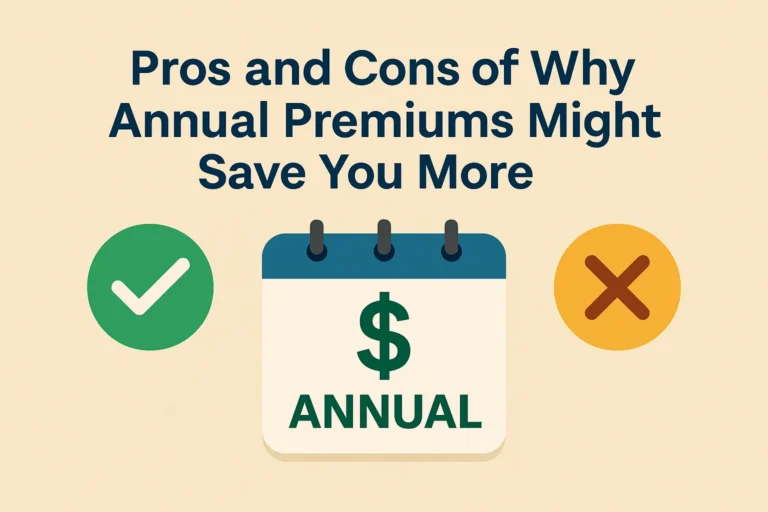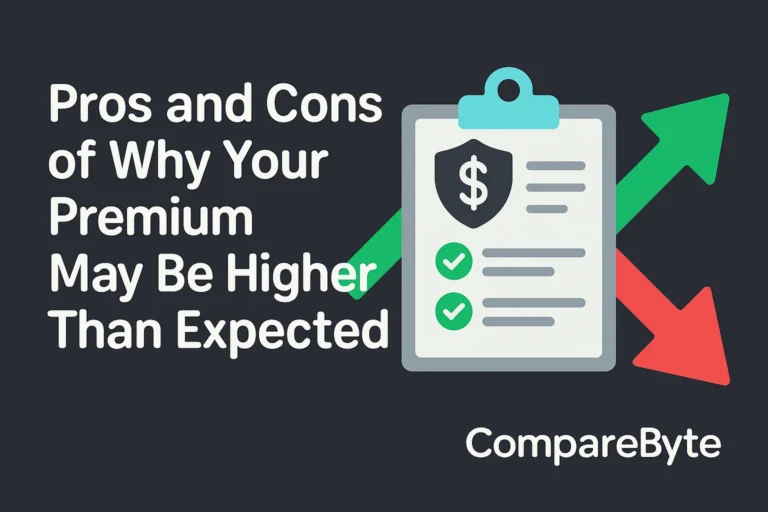Health insurance can be a lifeline in times of medical uncertainty, but navigating the intricacies of its cost components—especially health insurance premiums—can be overwhelming for many. Understanding what a premium is, how it’s calculated, and how it differs across policy types can help consumers make better financial decisions and avoid costly surprises.
This guide breaks down everything you need to know about health insurance premiums, including real-world comparisons, expert insights, frequently asked questions, and decision-making strategies to help you manage your healthcare costs wisely.
What Are Health Insurance Premiums?
A health insurance premium is the amount of money that a policyholder pays—typically on a monthly basis—to maintain their health insurance coverage. It is one of several key cost components in a health insurance plan, along with deductibles, copayments, and coinsurance.
The premium must be paid whether or not the policyholder uses healthcare services. Failure to pay the premium often results in a lapse of coverage, which can expose individuals to significant medical expenses during emergencies or routine care.
Premiums vary significantly depending on the plan type, location, age, and health status of the insured person. Government-sponsored plans like Medicaid or subsidies through the Affordable Care Act (ACA) marketplace can help lower premium costs for eligible individuals.
It is essential to distinguish premiums from other out-of-pocket expenses. While premiums are fixed and recurring, other costs such as deductibles and copayments are variable and service-dependent.
Why Premiums Exist
Premiums serve as the primary source of revenue for insurance companies, enabling them to cover claims, operational costs, and risk pooling. They are designed based on actuarial analysis that estimates the cost of covering a population’s health risks.
Premiums vs. Deductibles
Unlike a deductible, which is the amount you pay for covered healthcare services before your insurance starts to pay, a premium is paid regardless of service use. You can read more in our article on Insurance Deductibles Explained.
Key Factors That Influence Premium Costs
Several variables affect the cost of a health insurance premium. Understanding these elements can help consumers compare plans effectively and avoid unexpected increases in rates.
Age and Health Status
Generally, older adults pay higher premiums due to increased risk of chronic illness and frequent healthcare needs. In most cases, pre-existing conditions do not affect premium rates under the ACA, but outside the ACA marketplace, this might differ.
Location
Insurance providers set different rates depending on the geographic region. Factors such as the local cost of living, healthcare infrastructure, and state regulations all play roles.
Type of Plan
Plans range from high-deductible catastrophic coverage to full-service gold or platinum plans. The more comprehensive the coverage, the higher the monthly premium is likely to be.
Tobacco Use
Smokers often face significantly higher premiums than non-smokers, with insurers charging up to 50% more due to higher health risks.
Family Size
Adding dependents to a policy increases the total premium cost. However, the per-person rate may be lower than purchasing individual plans for each member.
Comparing Premiums Across Insurance Types
Let’s look at a comparison between different types of health insurance plans to understand how premiums vary.
| Plan Type | Monthly Premium (Individual) | Monthly Premium (Family) | Typical Deductible |
|---|---|---|---|
| Bronze Plan (ACA) | $328 | $1,124 | $6,500 |
| Silver Plan (ACA) | $452 | $1,479 | $4,500 |
| Employer-Sponsored | $108 | $497 | $1,763 |
| Private (Off-Market) | $500–$750 | $1,200–$2,000 | Varies |
Subsidized vs. Unsubsidized Premiums
Government subsidies can drastically reduce the monthly cost of premiums for low- and middle-income families. For example, under the ACA, the average subsidized premium for a silver plan may drop to $60 or less.
| Annual Income | Monthly Premium Without Subsidy | Monthly Premium With Subsidy |
|---|---|---|
| $25,000 | $452 | $55 |
| $40,000 | $452 | $180 |
| $60,000 | $452 | $300 |
Common Misconceptions About Health Insurance Premiums
“Higher Premiums Mean Better Coverage”
This is not always true. Some high-premium plans still carry high deductibles or offer limited provider networks. Always evaluate a plan’s full benefits before deciding.
“Employer Plans Are Always Cheaper”
While employer-sponsored plans often have lower premiums due to shared costs, this is not guaranteed. Sometimes, ACA marketplace plans with subsidies may be more affordable.
“Premiums Cover All Costs”
Premiums do not cover copayments, coinsurance, or deductibles. These additional costs must be considered in your total annual healthcare spending.
Frequently Asked Questions (FAQs)
How can I lower my health insurance premium?
You can explore subsidies, switch to a higher-deductible plan, quit smoking, or opt for a Health Maintenance Organization (HMO) plan with limited provider networks.
Is a low premium always better?
Not necessarily. A lower premium may come with a higher deductible or limited coverage. Balance both premium and out-of-pocket costs to find the most cost-effective plan.
What happens if I stop paying my premium?
Most insurers offer a 30-day grace period. If the payment is not made, the policy will lapse, and you may be responsible for 100% of healthcare costs incurred.
Conclusion and Summary
Health insurance premiums are a central aspect of your healthcare financial planning. Understanding how they’re calculated, what factors influence their amount, and how to compare different plans empowers you to make informed choices.
Whether you’re buying insurance through your employer, the ACA marketplace, or directly from private companies, evaluating premiums alongside deductibles and copayments is critical. Be proactive in exploring subsidy options, and always read the fine print before committing to a plan.
Ready to take control of your healthcare costs? Start by comparing plans on HealthCare.gov or consult licensed brokers through trusted sources like eHealth Insurance.






